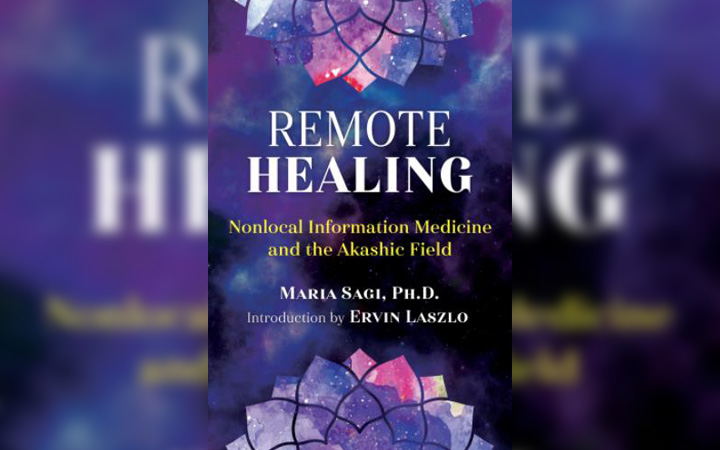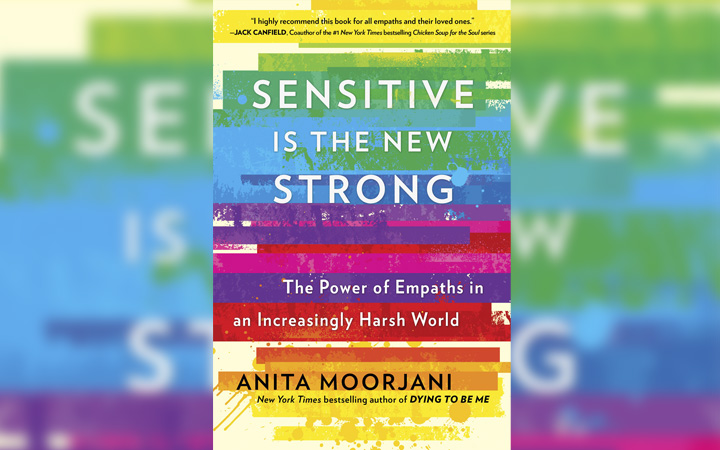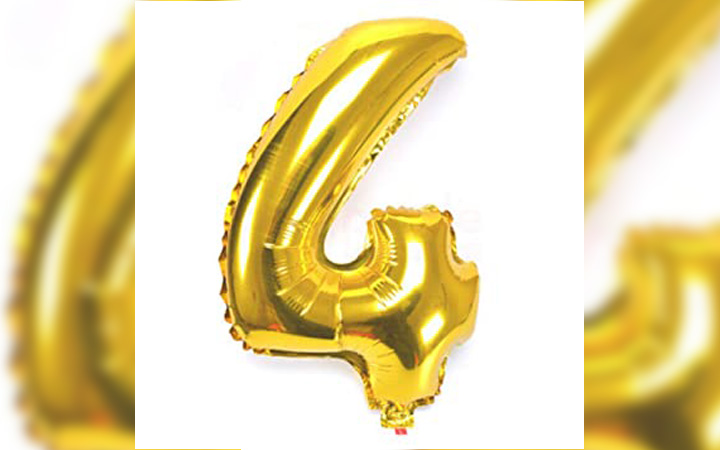Remote Healing Nonlocal Information Medicine and the Akashic Field

The first step in nonlocal healing–the same as in local healing–is to establish an accurate diagnosis. (See Chapter 2 for a thorough examination of diagnostic techniques using a bioindicator dowsing rod.) If we examine somebody we know, our job is easy: we concentrate on the person and work just as if he or she were present. We prepare a case history sheet and record the exact time of the examination, together with the name, date of birth, and the address of the patient. Then we record the areas we test and the meridian points one by one.
If we did not meet the patient in person, and he or she only reached out in writing, we need to ask for a photograph and an exact description of the symptoms. It is a good idea to try to talk over the phone or Skype if we can. Having acquired all the above information, we can perform the nonlocal treatment.
The second step of nonlocal healing is choosing the right therapy. In nonlocal healing therapy, I use homeopathic remedies, informed water, and various forms of treatment with symbols, depending on the diagnosis. In treatment through symbols, I use the signs of the vector system and the combination of symbols I have developed (the Sági system).
After we have performed the diagnostic test and decided what treatment to use, we write down this information on the patient’s case history sheet. We also test for the duration of the therapy.
Determining the exact time period is very important, because the healing symbol that I have sent has its effect precisely during this time period, the same as when we draw a symbol on the body: the effect lasts exactly until it is washed off.
In many cases the symbol treatment is needed from an earlier point in time than when the test is performed, which is why the exact beginning of the treatment has to be tested to the precise minute. This is not only possible but also common in nonlocal healing because we don’t work within the dimensions of the physical world.
When the prescribed time period has passed, the healer performs another test to see whether the same symbol is needed for longer, if a new one should be chosen, or if the treatment has been completed.
The Application of the Y-symbol in Combinations of Symbols
I have developed a new combination of symbols to treat both the physical and the psychological causes of the symptoms.
If we do not achieve the desired result with the symbols of the vector system–i.e., the bioindicator swings roughly but not perfectly horizontally–we must keep experimenting to be able to affect the mental factors that are behind the symptoms. This way we can achieve an optimal energetic state for the treated body part.
In my experience, if a patient is suffering from fear, anxiety, or shock as a result of a hit or a fall, or of stress-induced stomach and/or headache, treating the psychological background is necessary.
As I have witnessed the Y-symbol’s ability to release mental stress for decades, I kept experimenting with this symbol. We know from experience that the Y-symbol turns all information received by the body into positive information. When drawn on the body, it intensifies whatever state we are in, good or bad. We have seen beginner students draw the Y-symbol on their aching body parts (e.g., ears), and their pain became unbearably strong. So we must use this symbol with caution, and only use the Y-symbol on a physical level if the treated body part is essentially healthy, it just needs a little reinforcement (e.g., intensifying the energy of the kidney meridian).
The Y-symbol, however, is excellent for treating mental and psychological disharmony. The subject relaxes after a few minutes of application, and their emotional state becomes harmonized and balanced. Children and animals respond to this symbol quite sensitively. If we send Y vibrations toward a crying baby by forming a Y shape with the index and middle fingers of our left hand, while pointing toward the crying baby with the index finger of our right hand, the child will immediately calm down.
We can equally harmonize ourselves by forming a Y with the index and middle fingers of our left hand and place our right palm on the right hemisphere of the brain and repeat the name of the factor or person that causes the stress. Writing the Y-symbol next to a name, for the tested duration, also had a very positive impact on my child patients and my adult patients with anxiety. In the end I started drawing the Y-symbol in front or behind the vector symbols, and the testing showed the desired effect. In time, the new combined symbol system emerged, which allows me to work in a more subtle and nuanced way than with the symbols of the vector system. I always decide through testing which combination of symbols I am to use.
Example:
A patient presented a long history of chronic large intestine problems, for which no cure had been found. Testing revealed the movement of the bioindicator according to vector position 3. We tried the symbols of two horizontal parallel lines, three horizontal parallel lines, and four horizontal parallel lines, but they did not bring the desired result. Then, I treated the first point of the large intestine meridian with a combination of symbols, Y and two horizontal parallel lines (Y=), as a result the symptoms quickly disappeared.
The combination of symbols can be drawn directly on the body, but the effect is much stronger and faster if they are used non-locally. In this case we record the following on the patient sheet:
Date/Time
17 August 2017, 1 PM
18 August 2017, 7 AM
Meridian Point
Large intestine
Large intestine
Applied Symbol
Y= 1
Y
Duration of Treatment
2 days
5 hours
As soon as we commit the treatment to paper, the effect manifests itself. The patient reports pain relief and the termination of physical symptoms. If the cause is psychological, and the conflict behind it is resolved, the physical symptoms also cease.

 bout the Author
bout the Author




